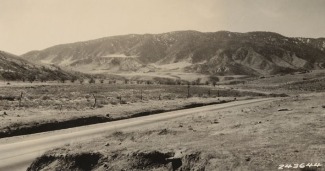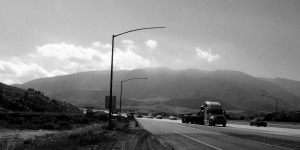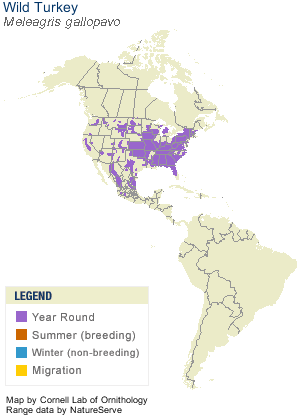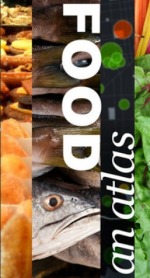Mapping and interactive projections with D3
/D3 is a javascript library that brings data to life through an unending array of vizualizations. Whether you've realized it or not, D3 has been driving many of the most compeling data visualizations that you have likely seen throughout the last year including a popular series of election tracking tools in the New York Times.
You can find a series of examples in D3's gallery that will keep you busy for hours!
In addition to the fantastic charting tools, D3 also enables a growing list of mapping capabilities. It is really exciting to see where all this is heading. D3's developers have been spending a lot of time most recently working on projections transformations. Check out these amazing interactive projection examples:
Adaptive Composite Map Projections (be sure to use chrome for the text to display correctly)
Can't wait to see what the future has in store for bringng custom map projections to life in more web map applications!







